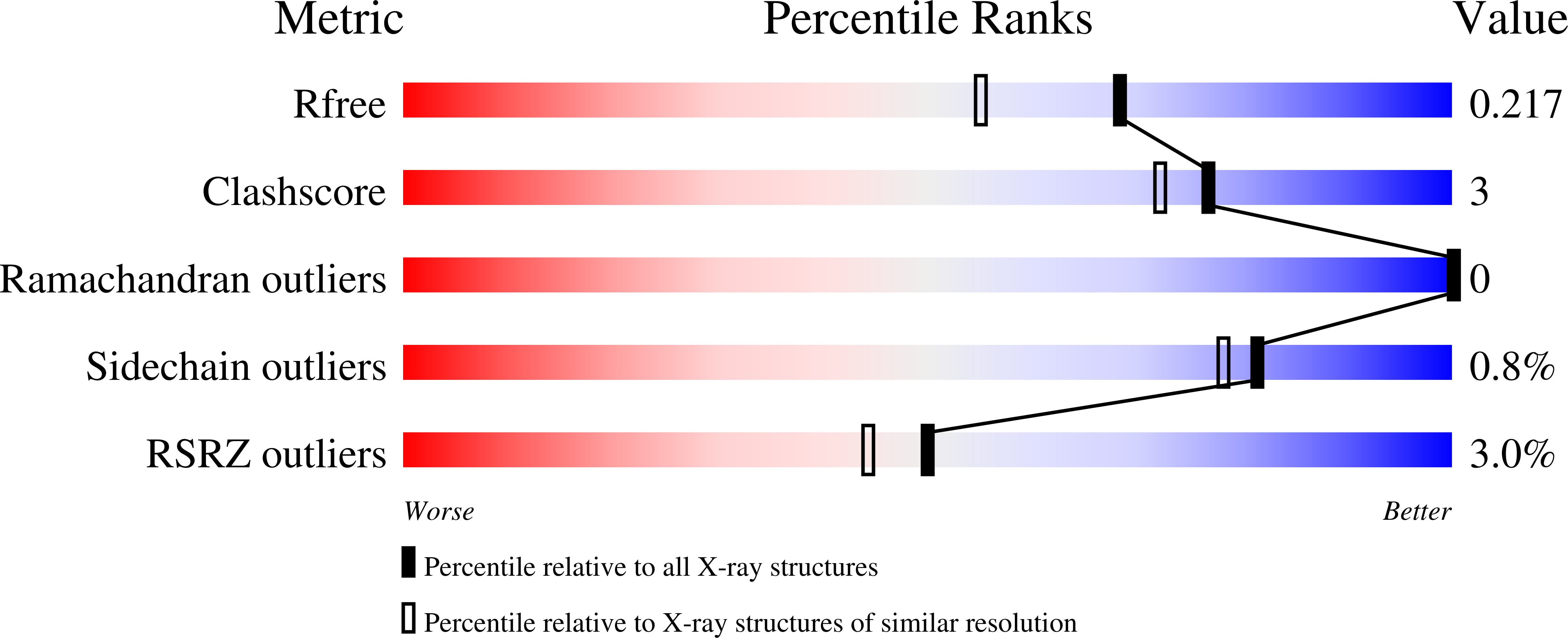
Deposition Date
2008-06-09
Release Date
2008-11-11
Last Version Date
2024-11-06
Entry Detail
PDB ID:
2VVH
Keywords:
Title:
IrisFP fluorescent protein in its green form, cis conformation
Biological Source:
Source Organism:
Lobophyllia hemprichii (Taxon ID: 46758)
Host Organism:
Method Details:
Experimental Method:
Resolution:
1.80 Å
R-Value Free:
0.21
R-Value Work:
0.18
R-Value Observed:
0.18
Space Group:
P 21 21 21


